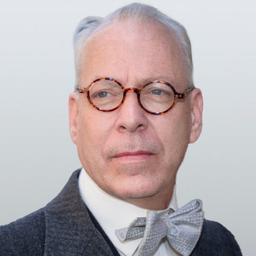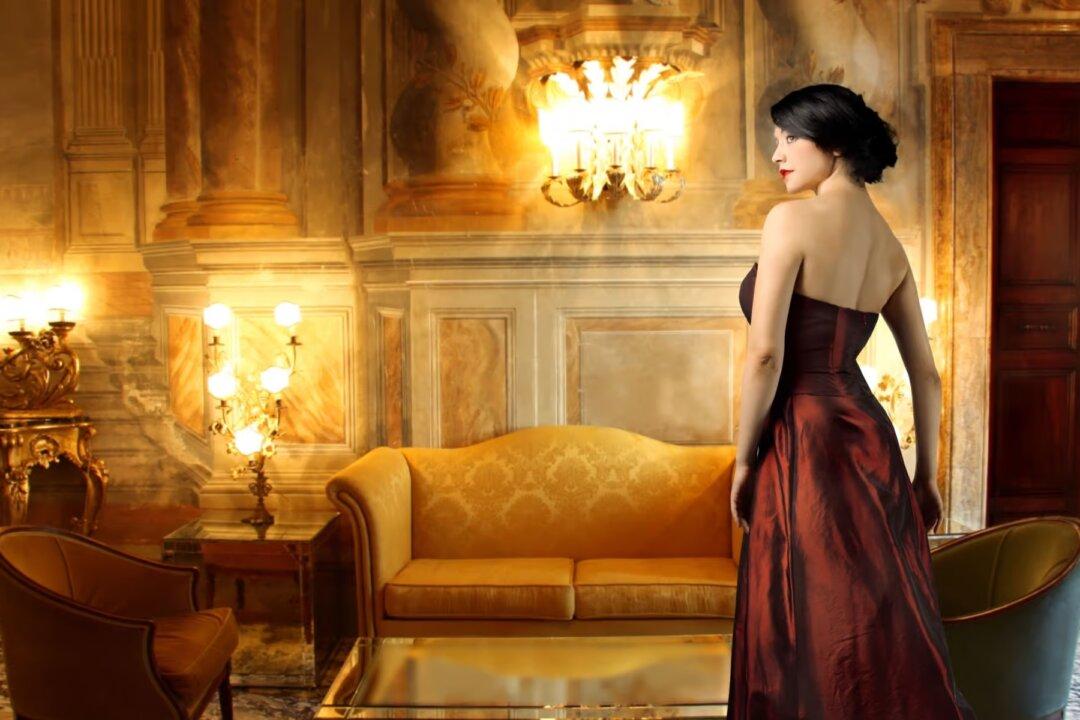The elevation of Cardinal Robert Francis Prevost, 69, to the position of pope is mostly significant because he is the first American ever to hold that position. That fact alone has swamped all other speculation about his politics, theology, and ideological orientation.
The other salient feature of this pope is his choice of name: Leo XIV. It’s traditional and contrasts with the name of his predecessor, Francis I, whose reign became a major source of division in the Catholic Church and world. That was because of his decisive lean to the left, reversing some of his predecessor’s work to clarify doctrine, morals, and liturgy following decades of confusion.
Will this pope level out the ship and get back on course?
The name of any new pope pays homage to the history and significance of a time and a previous papal experience. Thus did John Paul I and II intend to signify fealty to John XXIII and Paul VI, whose papacies bookended the upheaval of the Second Vatican Council. The name Benedict XVI signified a restoration of piety and tradition in the monastic tradition.
The name Leo XIV suggests homage to the massively important papacy of Leo XIII, who held the position from 1878 to 1903, a period of dramatic change in industry, demographics, technology, and political practice across the world.
It was a period that saw the rise of electricity, steel in building materials and hence skyscrapers and new bridges, the telephone, flight, the phonograph, light bulbs, internal combustion engines in cars, X-rays, and so much more. Democracy as an institution was becoming entrenched. Income was rising and spreading, granting ever more people access to material goods and choice of residency. The labor movement was on the rise. Catholic traditions and belief structures faced challenges from all sides.
“Neither does the Church condemn those who, if it can be done without violation of justice, wish to make their country independent of any foreign or despotic power. Nor does she blame those who wish to assign to the State the power of self-government, and to its citizens the greatest possible measure of prosperity. The Church has always most faithfully fostered civil liberty.”
There we go: the sentences that first confer something of a papal blessing on the idea of republican forms and democracy more broadly, with perhaps the United States particularly in view. In any case, that is how the statement was interpreted at the time. It was a momentous one. To be sure, the formalization of the idea of religious liberty as a right did not come until three-quarters of a century later (“Dignitatis Humanae,” 1965), but here was the beginning.
What this amounted to was the readiness and willingness of the papacy and the Catholic Church generally to lay down claims of what is called the temporal power. This interesting phrase means the right and duty of the church to rule the state. In practice, it means blessing and coronating secular leaders who rule in cooperation with curial officials. It means, in short, the power of the sword.
These days, hardly anyone really defends that idea of the church as a third-party coercive power, but you have to go back in time to understand how it came to be. The idea emerged in the 4th century with the Edict of Milan under Roman Emperor Constantine I and took shape from the 5th century to the 8th century, culminating in A.D. 800, when Pope Leo III crowned Charlemagne as Holy Roman emperor. The Roman Church held this sword for the millennium that followed.
The belief and practice came under fire in the 19th century, when the Catholic Church had to deal with changed political and economic times. Leo XIII’s predecessor was Pius IX, who ruled from 1846 to 1878. These were the years of the great turning. The United States was consumed by the Civil War, but Europe had other burning matters to tend to, namely the rise of nationalism and democracy following the gradual collapse of the great multinational monarchies.
Pius IX ascended to the papacy with a liberal spirit, which in terms of Catholicism meant a toleration of nationalism and a readiness to adapt to the political conditions of the modern world.
The events of 1848 utterly transformed his outlook. The pope’s secretary of state, Pellegrino Rossi, was assassinated by a rogue revolutionary, causing the pope to sneak his way out of the Vatican dressed as a common priest. He fled to Naples, Italy, where he lived for two years, reflecting on the meaning of the assassination and the movements that had backed it.
The council has gone down in history as the time when the church proclaimed the pope to be infallible. That’s the popular understanding, but it is a complete distortion. The true history is that bishops from all over the world had no idea what the council was about, but most supposed that it had something to do with some features of the syllabus.
The U.S. bishops in particular experienced it as a grave inconvenience to be pulled away from the dioceses in the midst of the postbellum disaster, waves of immigration, and the challenges of urbanization. They found themselves stuck for nearly a year in small apartments in Rome, attending daily proceedings in a language they barely understood.
It was not until the end of the council that there emerged a growing sense that the pope would ask the bishops to demand infallibility in three areas: doctrine, morals, and politics. It was the third part that was the sticking point and the whole reason the pope had called the council in the first place.
The pope’s main concern related to the loss of the Italian papal states, a matter of no interest to Americans. This was particularly upsetting to the Americans, of course, but also to the English bishops, who were working on gaining new freedoms under the Anglican monarchy. A declaration of the pope that he was politically infallible would certainly doom their cause.
A major force of resistance had ensconced himself within Rome to report on the otherwise secret council. He was John Emerich Edward Dalberg-Acton, 1st Baron Acton, also known as Lord Acton. An intellectual of high standing all over England and Europe, he was solidly on the side of what was then called Catholic liberalism, which meant opposition to the temporal power and an embrace of republican forms of government.
It was in this period that Lord Acton wrote his famous phrase, “Power tends to corrupt and absolute power corrupts absolutely.” It is usually believed to pertain to the government, but the historical context is different. He was speaking of the absolute power of the pope!
To cut to the chase, Pius IX’s demands were eventually rejected by the bishops and only the fallback position came to be codified, which is that the pope reserves the power over faith and morals when speaking “ex cathedra,” that is, “from the chair of Peter.” In short, the church was on its way toward embracing modern forms of government and putting down the sword it had held for a thousand years.
Pope Leo XIII was his successor and the first pope to rule in the new times, the first since the 4th century who had no sword but only spiritual power. There was a profound question at the time about whether and to what extent the Catholic faith would and could maintain its authority and influence without taking recourse to political decision-making in the new world that was dawning. His papacy proved the concept: It could and it did.
All these years later, we face another turning point. Despite what the mainstream media say, Francis’s papacy was highly divisive. He reversed the opening that his predecessor had made to traditional liturgical forms. He offered a series of winks and nudges toward woke causes related to gender and marriage. He even went as far as to close St. Peter’s Basilica for Easter and Christmas services, mandate COVID-19 vaccination in the curia, and encourage every bishop and priest to do the same. In many ways, he ended up as the anti-Benedict XVI, much to the annoyance of good people the world over.
What the church needs now is precisely what it needed in the time of Leo XIII: healing following a highly divisive and agenda-driven papacy, a pope who unifies the faithful, embraces tradition, and exercises spiritual influence in a broken world. Those are some very high hopes. It is a striking fact that the job falls to an American, as Americans in the history of Catholicism have been at once outliers and forces for foreshadowing the future.







